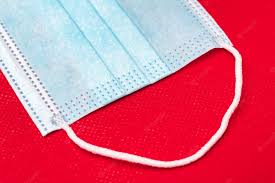Nonwovens in Healthcare Industry- Creating A Great Revolution
While the global healthcare and medical industry require easily-deployed medical products , this rising demand is satisfied with the use of nonwoven materials. Due to the effectiveness, adaptability as well as disposability, the popularity of nonwovens is increasing with time. Today, nonwoven textiles are largely used in this industry to offer better protection against biological agents in different sectors. They can be designed to provide the users with required safety properties, like prevention against diseases or infections. Besides, these materials can also help in the fight against cross-contamination. Why Use Nonwovens to Make Medical Products? Different studies have proved that nonwovens can offer superior performance in specialized tasks as they can be optimized by combining different materials. However, some of the major reasons why nonwoven fabrics can be an excellent option for the medical industry are: • It can help in mitigating today's risky medical environments

